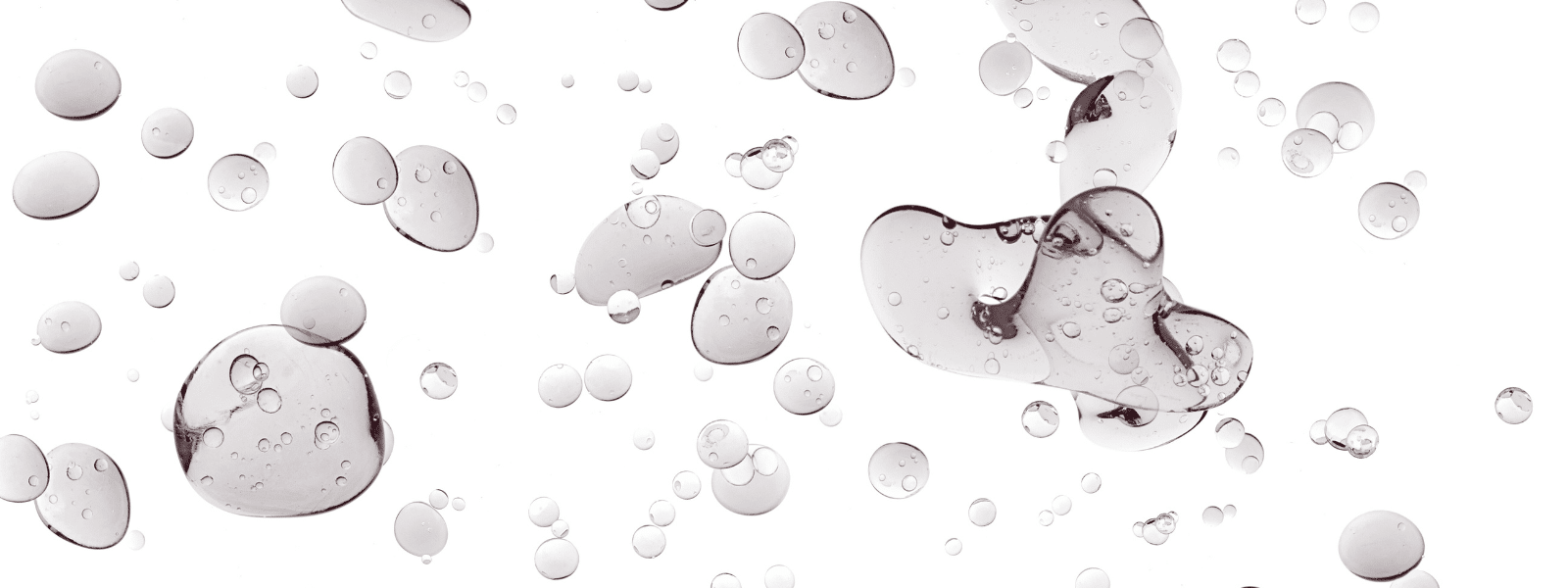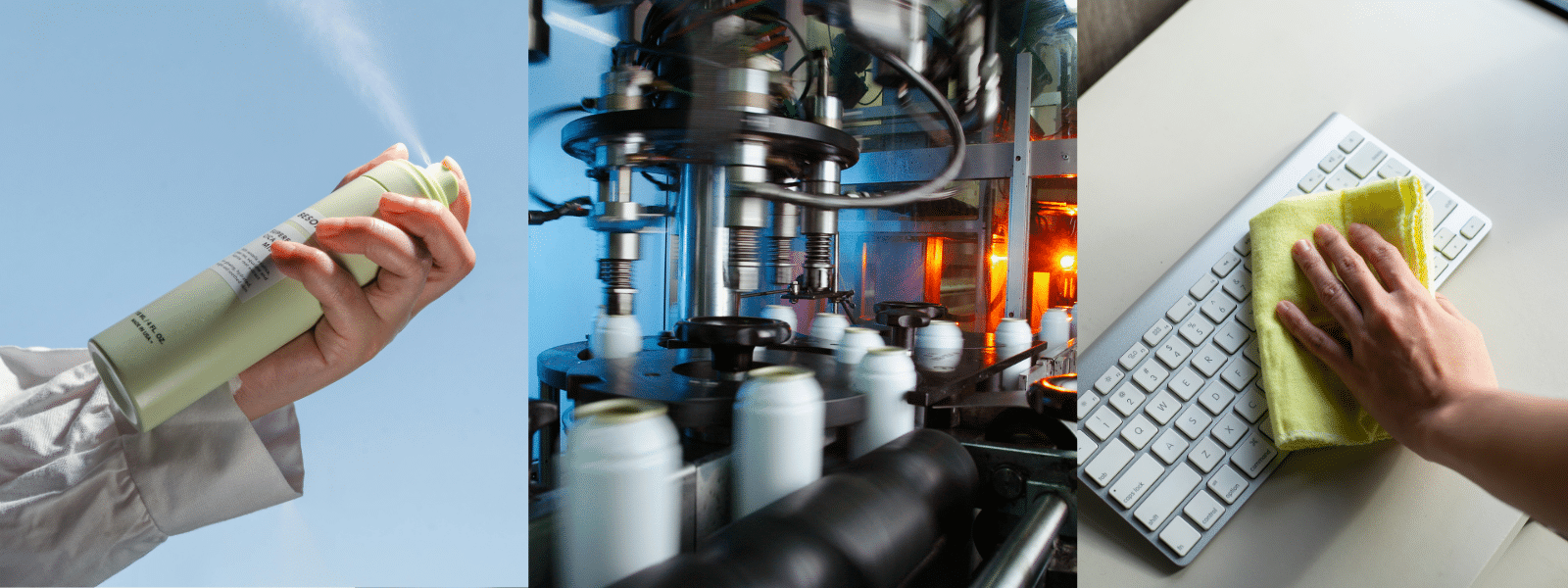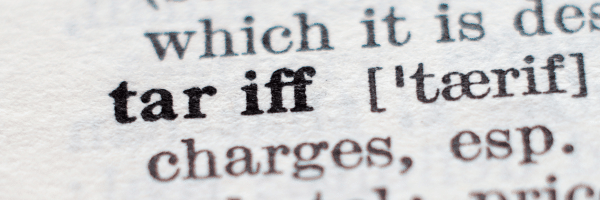Since the Clean Air Act of 1990 was passed and the EPA developed its original list of hazardous air pollutants (HAPs), an increased focus has been placed on the use of dangerous solvents in industrial and commercial settings, where strong cleaning solutions are frequently dispersed in large amounts to meet the requirements of large scale, business-critical cleaning operations.
What Makes Safety Solvents Safe?
What makes a solvent “safe” to use in one setting can be different than what makes it safe to use in another, with safety precautions such as personal protective equipment (PPE) that workers wear and a ventilation system that traps airborne contaminants in the cleaning environment being determining factors. However, there are certain elements of solvent safety that apply to all situations. Below are four ubiquitous characteristics that define safety solvents.
- High Flashpoint / No Flashpoint
The flashpoint of a solvent is the temperature at which it ignites. Although solvents that have flashpoints that are high enough to classify them as “inflammable” or have no flashpoint at all are typically used in environments that have prominent ignition sources, their non-flammable formulation can benefit any type of user in terms of safe solvent storage. If a fire breaks out in the solvent storage area, the last thing you want is for flammable solvents to feed the blaze.
- No Hazardous Air Pollutants
Chemicals that are hazardous air pollutants (HAPs) are listed in the EPA’s list of hazardous air pollutants. Acute exposure to HAPs can cause temporary conditions such as respiratory distress and blurred vision, and chronic exposure is linked to chronic conditions such as nerve damage and cancer. In addition to the health risks they pose, solvents that contain HAPs are a bad choice because the EPA has often set their acceptable volume of usage at low levels.
- Strong Dielectric Formulation
Dielectric solvents contain a dielectric substance that functions in the opposite capacity of an electricity conductor: It prevents electrical current from traveling through the solvent stream and injuring the user. Dielectric solvents are commonly used for cleaning energized equipment. However, even if you don’t clean energized equipment, using a dielectric solvent is a good idea for at least one reason: It can prevent injury due to accidental dispersal near electricity sources.
- Non-Hazardous Solvent Waste
As long as it is properly secured in a solvent waste trap, hazardous solvent waste should pose a minimal threat to workers in the environment where the trap is located. However, depending on how the waste is removed, it could release small amounts of HPAs that, over time, could have a stronger effect due to cumulative emissions. The goal is to prevent toxic emissions altogether.
Contact Ecolink for Safety Solvents
If your company or organization uses solvents that lack the characteristics above, now is a good time to replace them with safety solvents that deliver the same cleaning power but don’t pose serious health risks to humans or pollute the environment. Ecolink supplies these types of solvents in the form of readymade products and custom formulations. For assistance choosing replacements for unsafe solvents, call us today at (800) 563-1305, or use our contact form.















